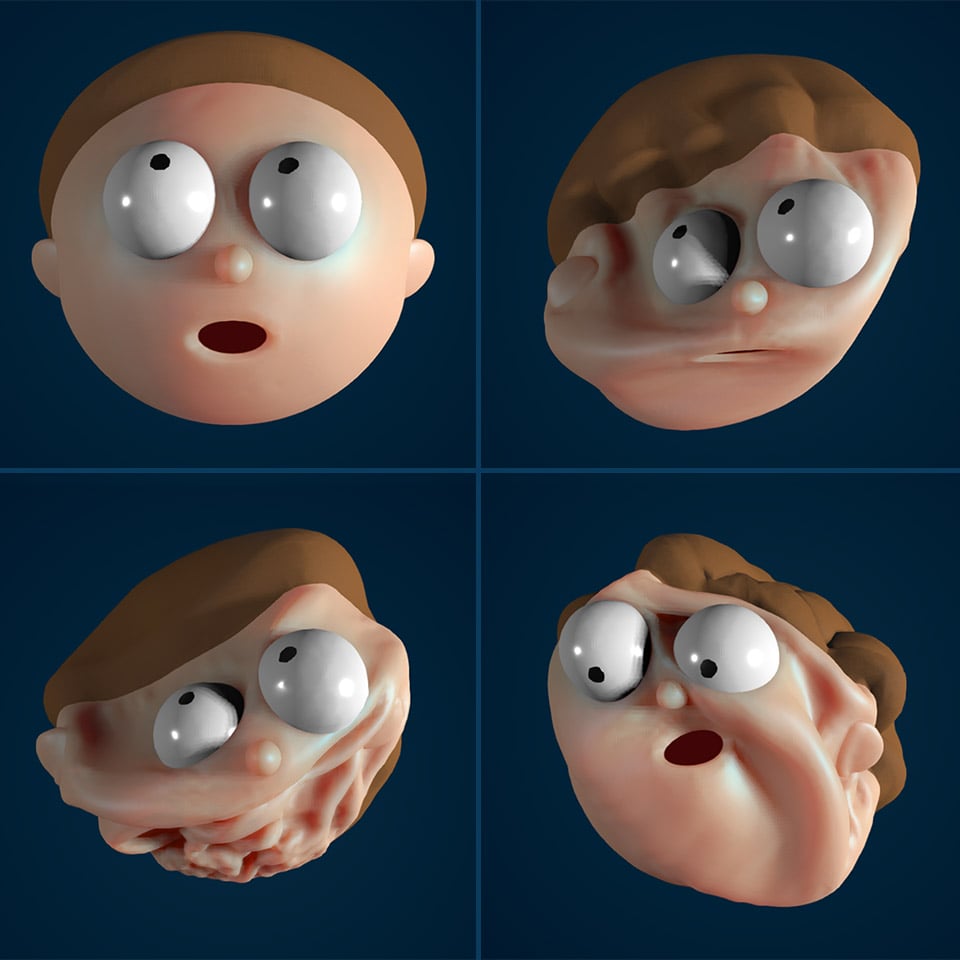 Few puzzle games manage to bend the player’s perception of reality quite like Viewfinder. With an innovative blend of visual trickery and challenging spatial puzzles, the game sets itself apart in the increasingly competitive genre of first-person puzzle games. By allowing players to manipulate the environment through photographs that come to life, this title brings a fresh, almost magical, approach to problem-solving that keeps players engaged. But despite its striking creativity, the game isn’t entirely without flaws, with some players feeling that its dazzling premise outshines the depth of its puzzles. Here, we take a closer look at both the highlights and potential downsides, with insights from early user feedback to paint a balanced picture of what this game offers. The review is proudly sponsored by Kour.
Few puzzle games manage to bend the player’s perception of reality quite like Viewfinder. With an innovative blend of visual trickery and challenging spatial puzzles, the game sets itself apart in the increasingly competitive genre of first-person puzzle games. By allowing players to manipulate the environment through photographs that come to life, this title brings a fresh, almost magical, approach to problem-solving that keeps players engaged. But despite its striking creativity, the game isn’t entirely without flaws, with some players feeling that its dazzling premise outshines the depth of its puzzles. Here, we take a closer look at both the highlights and potential downsides, with insights from early user feedback to paint a balanced picture of what this game offers. The review is proudly sponsored by Kour.
A Game of Perspective: Mechanics That Redefine Reality
At the heart of this title lies the ability to manipulate space and perspective in novel ways. Players can take photographs of any part of their surroundings, then use those images as real objects within the game world. Imagine photographing a staircase and using that picture to create an actual path that extends into a previously unreachable area. This mechanic allows players to reshape and rethink their surroundings continuously, effectively creating pathways, structures, and perspectives that weren’t initially there. The dynamic possibilities make each level feel like a blank canvas, ready to be sculpted into a solution that’s as clever as it is visually intriguing.
Players have expressed a strong appreciation for this unique approach, which breathes fresh air into the standard puzzle-solving formula. The mechanics encourage experimentation and creative thinking, rewarding those who are willing to test boundaries and push the limits of what’s possible. It’s not simply a matter of solving the puzzles but of finding new ways to interpret and interact with the space around them, something that resonates deeply with fans of innovative gameplay.
Visuals and Aesthetic: Art Meets Interaction
The game’s visual design is perhaps one of its strongest attributes. The environments blend minimalist realism with dreamlike colors and textures, giving each level an almost surreal quality. From shadowy, monochrome rooms to vibrant landscapes, the variety in settings keeps the experience visually stimulating and emotionally engaging. Each environment feels handcrafted, with small details that players might miss at first glance but which reveal new paths or perspectives upon closer inspection. This level of detail isn’t just eye candy; it plays directly into the gameplay, encouraging players to look twice or experiment with seemingly inconspicuous elements.
Players have often highlighted the game’s aesthetic appeal, noting that the artistic style brings a calming, almost meditative quality to the experience. However, some user feedback suggests that while the game is visually striking, the contrast between the diverse environments and the main character’s somewhat generic look feels inconsistent. For a title so dedicated to manipulating perspective, a more distinctive character model might have enhanced the immersive experience further. Continue Reading
 As someone who grew up obsessed with car games, I’ve played everything from Need for Speed to Forza Horizon. But recently, I found myself addicted to a tiny browser game called Drift Boss 2. And let me tell you – simplicity can be surprisingly thrilling.
As someone who grew up obsessed with car games, I’ve played everything from Need for Speed to Forza Horizon. But recently, I found myself addicted to a tiny browser game called Drift Boss 2. And let me tell you – simplicity can be surprisingly thrilling. Okay, so I was just looking for some fun games to play online, and I found this one called
Okay, so I was just looking for some fun games to play online, and I found this one called  Few puzzle games manage to bend the player’s perception of reality quite like Viewfinder. With an innovative blend of visual trickery and challenging spatial puzzles, the game sets itself apart in the increasingly competitive genre of first-person puzzle games. By allowing players to manipulate the environment through photographs that come to life, this title brings a fresh, almost magical, approach to problem-solving that keeps players engaged. But despite its striking creativity, the game isn’t entirely without flaws, with some players feeling that its dazzling premise outshines the depth of its puzzles. Here, we take a closer look at both the highlights and potential downsides, with insights from early user feedback to paint a balanced picture of what this game offers. The review is proudly sponsored by
Few puzzle games manage to bend the player’s perception of reality quite like Viewfinder. With an innovative blend of visual trickery and challenging spatial puzzles, the game sets itself apart in the increasingly competitive genre of first-person puzzle games. By allowing players to manipulate the environment through photographs that come to life, this title brings a fresh, almost magical, approach to problem-solving that keeps players engaged. But despite its striking creativity, the game isn’t entirely without flaws, with some players feeling that its dazzling premise outshines the depth of its puzzles. Here, we take a closer look at both the highlights and potential downsides, with insights from early user feedback to paint a balanced picture of what this game offers. The review is proudly sponsored by  A few days ago, I was able to come across the game called
A few days ago, I was able to come across the game called  Elastic Man is a fun addictive game that plays like a face-stretching simulator available online and at no cost.
Elastic Man is a fun addictive game that plays like a face-stretching simulator available online and at no cost. Gartic.io is a great drawing-style game that can be played on the internet.
Gartic.io is a great drawing-style game that can be played on the internet.

